|
|
The products below can be found on Amazon.com. By clicking on a product below a detailed Amazon listing will open. Wenahawood.com is not paid by Amazon for any products sold on Amazon via Wenahawood.com.
|
|
The right tools required for your projects depends on the primarily type of woodworking you perform; however the best advice is to buy only the
tools you need. |
|
Safety should be every woodworkers number one priority, with sawdust flying, sharp blades spinning, and accidents around every corner, safety gear
and PPE is essential. Safety glasses are essential in protecting your eyes from flying wood moving faster than you can blink. Hearing protection
against LOUD power tools is a must for extended exposure to loud noises, which can lead to permanent hearing damage. Dust masks and respirators
can filter out dangerous fine particles in the air ensuring that you are breathing clean air in your workshop. Respirators are a must for any type
of finishes that contain volatile organic compounds (VOC). |
|
Even if you own power saws a hand saw is essential tool for woodworking. Hand saws allow you to make cuts that would be difficult with a power saw. I would begin with a rip saw and a dovetail saw. |
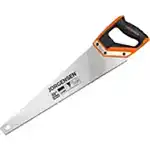
|
|
Table saws allow you to make straight precision cuts and with added sleds and jigs can provide shaping and joinery operations. When using power tools safety must be understood and adhered. |
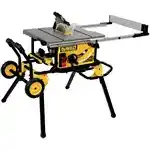
|
|
A miter saw is ideal for angle cuts like when cutting crown molding. You can make most miter cuts on a table saw. |

|
|
Chisels are ideal for carving and precision joinery allowing for a perfect joint fit. I would start with four basic chisels including 1/4", 1/2", 3/4", and 1" wide blades. |
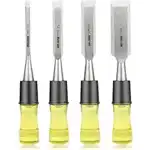
|
|
Precision in woodworking is the key to success. Measuring and marking your work will improve your projects from the beginning. Using the same measuring tool is essential to measuring all your project pieces with the same accuracy. Measure twice and cut once is wisdom wisely heeded. |
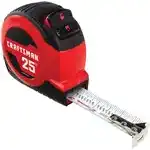
|
|
Squares will ensure your layout lines are square (90°) or any other angles such as 90° angle on a Combo Square. A bevel gauge is useful for less common angle layouts; however, with a Combo Square a Bevel Gauge is not needed. There are many types of squares and all will serve. |
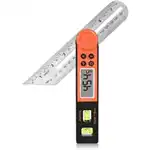
|
|
Clamps are the extra hands you wish you had and are essential for holding glued pieces together while the glue dries or holding your work pieces down while cutting or assembling. Clamps come in various types, like squeeze and F-style clamps and pipe and parallel clamps, each clamp serves a specific purpose. Pipe clamps are the simplest style of clamp. Bar clamps are similar to pipe clamps but have a set maximum depth and are better for smaller pieces. Bar clamps come with quick release trigger type releases. C-Clamps are not recommended because they can indent your wood piece. And strap clamps are useful for gluing box shaped projects. |

|
|
For driving screws and assembling projects. |
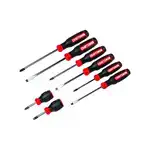
|
|
For marking and light cutting. |
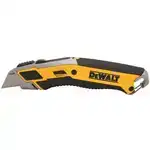
|
|
Mallets and hammers help knock joints together and are the force behind your nails, chisels, and dowels. Different hammers and mallets have different purposes. |
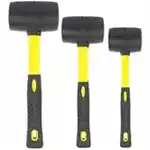
|
|
Levels are used for ensuring the levelness of surfaces. |

|
|
Block planes are great for beginner woodworkers. They allow you to flush joinery and soften sharp edges by hand. Planers are used to square up lumber efficiently and make boards face flat, equal, and parallel to the opposite face. |

|
|
It is difficult to drill holes as precisely as a drill press; however, there are drill press attachments for handheld drills. Forstner bits are great for dowel joinery. |
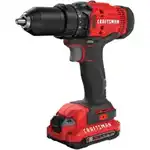
|
|
Circular saws, also known as skill saws are great for breaking down large sheets of lumber and can be used with a track for your saw to ride on for straight, accurate cuts. There are three types of blades for a circular saw, ripping with evenly spaced teeth for cutting with the grain, crosscut with staggered teeth for cutting across the grain, and a combination blade with teeth for either cutting with or against the grain. A carbide-tipped combination blade is a great first blade for your shop; however, you will want a finishing blade for rabbet joints and dovetails. |

|
|
Jigsaws are used for cutting curves and intricate shapes. Band saws can do a more accurate job than a jigsaw, but cost much more. The blade is thin with saber teeth and reciprocates, moving up and down to make fine serpentine cuts. You can make interior cuts by first drilling a pilot hole. |
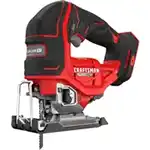
|
|
The random orbital sander is used for smoothing surface and is designed to move in circular motions to minimize swirl marks and ensure an even finish. Sanding is a fact of life in woodworking. |
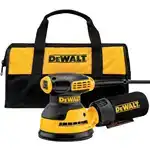
|
|
Routers are versatile tools used for edge profiles, template routing, inlay and joinery work. The beginner woodworker can start with a compact or trim router; however, a full-size router will allow you to make larger cuts. |

|
|
Your workbench is the center of your activity, where you assemble and finish your project on a sturdy, level surface. A well designed workbench can accommodate a range of clamping options to secure your work. |
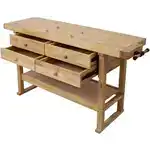
|
|
If you own planes and chisels you will need to keep them sharp to get the best performance from the tools. Sharpening stones, strops, and honing guides are the tools you will need to keep your tools sharp. |

|


















